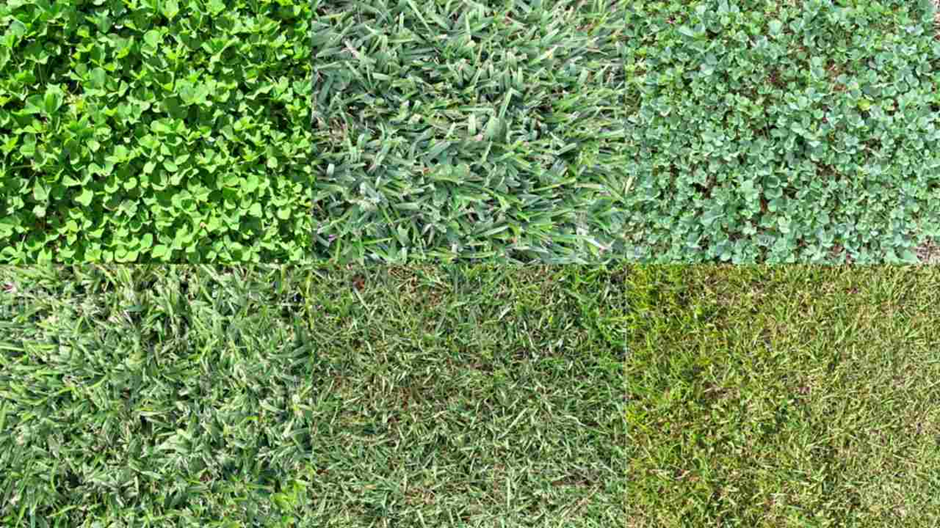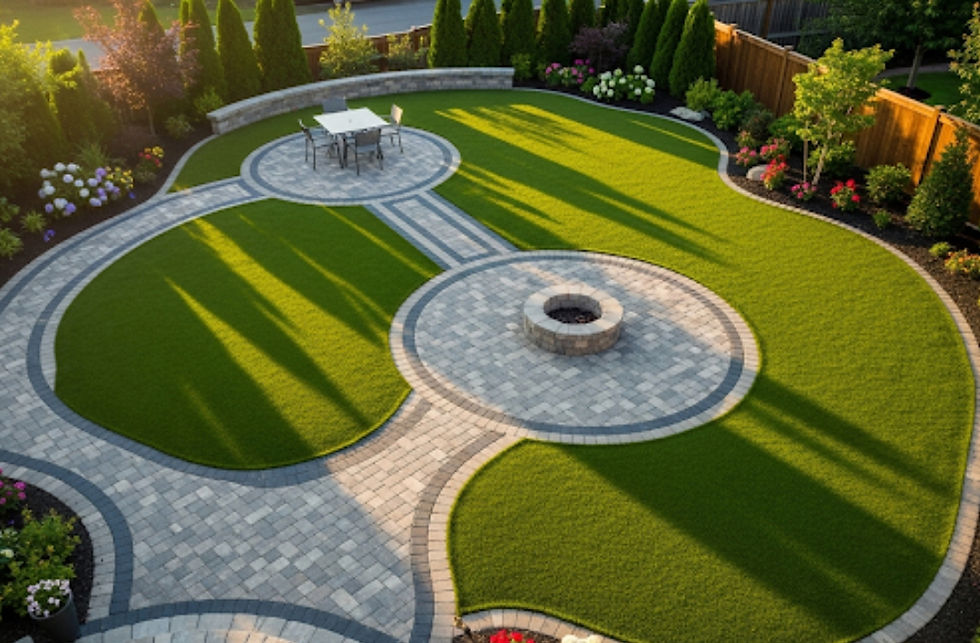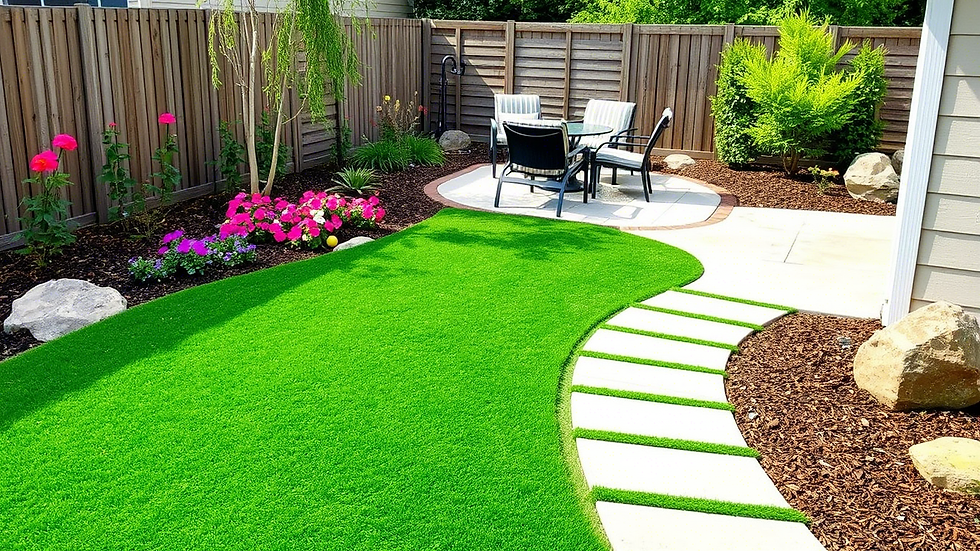Top Turf Grass Types Perfect for Different Climate Zones
- paventurfusa
- May 28
- 3 min read
Updated: May 30

Introduction
Choosing the right turf grass for your region's climate can make a big difference in the durability, look, and feel of your lawn. As more homeowners shift away from natural grass to artificial alternatives, understanding which types of turf are best suited for various weather conditions becomes essential. This article explores the top types of lawn artificial turf and explains how to match them with your climate for optimal performance.
Why Climate Matters in Turf Selection
The Impact of Weather on Lawn Artificial Turf
Not all synthetic lawns are created equal. Some types of lawn artificial turf are designed to resist high UV exposure, while others are more permeable and ideal for rainy climates. The right turf will reduce maintenance costs, ensure longer lifespan, and keep your yard looking fresh year-round.
Top Turf Types for Hot and Dry Climates
Choosing Turf That Handles Heat
In regions with scorching summers and little rainfall, you'll want lawn artificial turf that resists heat and has UV-stabilized fibers. Polyethylene and polypropylene-based turf blends are great options. These materials don’t fade easily and remain cooler underfoot compared to traditional turf grass.
Benefits in Arid Zones
Minimal watering needed
Doesn’t dry out like natural grass
Dust-resistant surfaces
Ideal Lawn Artificial Turf for Cold and Snowy Regions
Durability in Winter Conditions
If you live in a place where snowfall and frost are common, go for turf that can withstand freezing temps and snow accumulation. Look for turf with a strong, rubber-infused backing that doesn’t crack.
Recommended Features:
Frost resistance
Quick drainage system
Reinforced backing for extra durability
Lawn Artificial Turf for Humid and Rainy Areas
Turf That Drains Well
When it rains a lot, water drainage is key. Choose lawn artificial turf with a perforated backing that promotes rapid water escape. Also, antimicrobial properties can help in fighting mold and mildew that thrive in moisture.
Top Picks for Wet Climates:
Nylon-based turf
Products with antibacterial infill
Turf with odor-reducing properties
Best Lawn Artificial Turf for Mixed or Transitional Climates
All-Rounder Turf Options
In areas that experience a bit of everything hot summers, cold winters, and occasional rain go for multipurpose lawn artificial turf. These turfs combine features such as UV protection, drainage systems, and flexible backing to handle varied conditions.
Features to Look For:
Dual yarn technologies (blend of nylon and polyethylene)
Medium pile height for versatile use
Non-directional blades for a natural appearance
Benefits of Choosing the Right Lawn Artificial Turf
Increased longevity and less replacement cost
Better appearance throughout all seasons
Low maintenance and eco-friendly
How Turf Grass Compares in Different Climates
While turf grass provides a natural look, it often struggles in extreme climates without excessive upkeep. That’s where lawn artificial turf excels—it mimics the aesthetic of turf grass but performs better in heat, cold, or moisture.
Maintenance Tips for Climate-Specific Turf
Keep Your Turf in Top Shape
Rinse frequently in dusty environments
Brush turf in snowy zones to prevent matting
Clear debris in rainy areas to maintain drainage
Conclusion
Selecting the right lawn artificial turf based on your climate ensures it lasts longer, looks great, and performs well year-round. Whether you’re battling heat, cold, or humidity, there's a turf solution that can meet your needs.
In the final consideration, artificial turf does outperform natural lawn artificial turf in terms of durability, water savings, and low maintenance. Be sure to consult professionals if you're unsure about what fits your region best making the right choice will pay off for years to come.



Comments